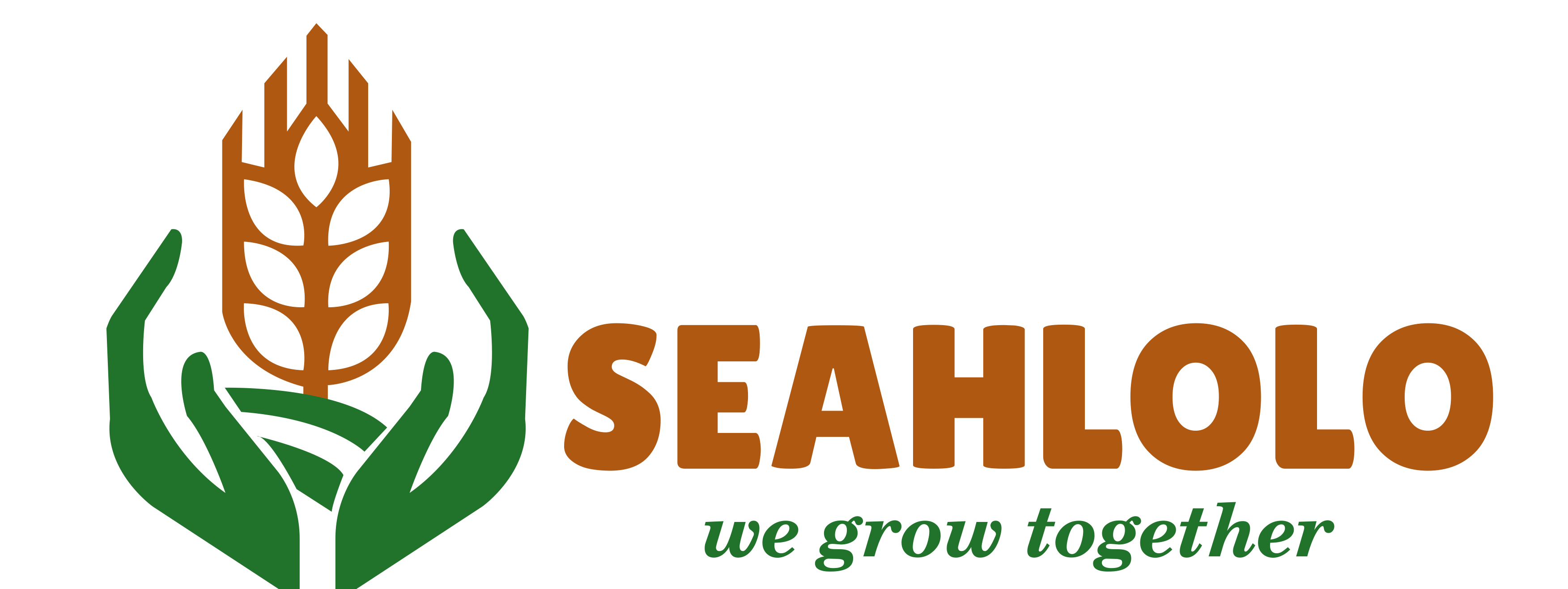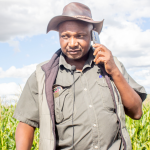![]()
By Molula Mofosi & Lungile Maseela
A crisis is quietly brewing in Lesotho’s wool and mohair industry—and its roots lie at the country’s borders.
The Ram Breeders Association of Lesotho has issued a stark warning about the unchecked importation of Merino sheep and Angora goats from South Africa, a trend they say does not only bleeds the economy but threatens to cripple the country’s capacity to sustain its own breeding industry.
At the Small Stock Show held by the Southern Mountains Association for Rural Transformation and Development (SMARTD) in Qacha’s Nek, Association Chairperson Ishmael Mohaula raised the alarm, calling the rising dependency on imported livestock a “slow death” for local breeders.
“Basotho farmers are investing large sums of money in foreign animals without building local breeding capacity. The result? Compromised wool and mohair quality, unnecessary expenses, and a sector losing control over its future,” he said.
Mohaula pointed that the costs are staggering.
“Between permits, transport, taxes, and animal feed, farmers are burdened with rising operational expenses. The upcoming VAT hikes—from 15% to 15.5% on May 1, 2025, and to 16% in April 2026—will only deepen the crisis especially for an industry already on the financial edge, these increases could push many smallholders out of business,” the chairperson charged.
A Billion-Maloti Problem
According to the Lesotho National Wool and Mohair Growers Association (LNWMGA), between M27 million and M30 million is spent annually importing parent stock.
“That’s money flying out of our economy instead of circulating within it,” said LNWMGA Chairperson Mokoenihi Thinyane.
“While we’ve seen a slight drop in import numbers, demand for quality livestock far exceeds what our local breeders can supply and that is our current challenge.”
In a bid to reverse this, Thinyane revealed that the LNWMGA—with support from WAMCOP—procured over 230 breeding animals at a January 2025 livestock auction in Maseru for distribution to local farmers.
He further indicated that the country has breeding sites in Quthing and Mokhotlong which have also been secured to strengthen domestic capacity, “…But these efforts are racing against time and growing pressure.”
Systemic Failures, Missed Opportunities
Industry experts argue the problem is not just economic but it’s structural.
Teboho Tšese, Chairperson of the Skylight Wool and Hair Association, traces the roots of the crisis to years of failed support and fragmentation.
“We had a vision under Khosana Lerotholi Ram Breeders Association, but lack of independence and proper backing led to its collapse,” he said, revealing that Skylight and its successor, Bahlaisi, now operate without formal government support, navigating the uphill battle of self-reliance.
Meanwhile, the international market demands medium-grade fibres, while Basotho producers primarily yield fine to super-fine grades.
According to the The International Fund for Agricultural Development (IFAD) the agricultural sector of Lesotho is a major source of livelihood, engaging approximately 71% of the rural Basotho population.
IFAD notes that Livestock accounts for the largest share of the agricultural GDP with Wool and mohair the largest two agricultural commodities.
The organisation explains that these natural fibres are predominantly used in the apparel industry and especially in high-end fashion, but is quick to indicate that the global market for wool and mohair is changing with a significant shift to responsible production standards.
“This requires visibility and traceability of operations and product transformation along the commodity value chain and across the interactions of various value chain players. It further requires improvements in areas of animal production and husbandry, management of the environment, and labour conditions of workers along the value chain.”
IFAD notes that in 2022, the price premium for certified wool ranged between 8% and 35%, suggesting a significant incentive to move towards certification, however, tt the same time, it is expected that non-certified fibre will become “low-quality” fibre and receive less demand
“The global market for wool and mohair is undergoing a sizeable shift towards responsible production standards. It is to be expected that in five to ten years, non-certified fibre will be traded as second-class produce. The move to responsible production is a move to sustainable intensification and Unfortunately, Lesotho’s wool and mohair sector faces key constraints: limited value chain coordination and mistrust, lack of data for management, policy, and planning, limited access to finance and sub-optimal management of critical public assets such as shearing sheds, sheep, and goat studs for improved breeds.
It added, “Furthermore, heavy dependence on South Africa for input procurement and access to services constrain individual farmers, associations, and larger private sector actors. The dominance of paper-based reporting constrains the certification of products.”
“That mismatch costs our farmers. On top of those there are penalties imposed on local rams, that discourages their use in breeding—forcing farmers back into the costly cycle of imports,” Tšese said.
Solutions from the Soil
Not all is bleak. SMARTD’s Programme Director, Fako Fako, is pushing a practical response: local fodder production.
“Feed is one of the biggest costs of rearing livestock the correct way, so we at SMARTD are teaching farmers to grow and mix their own high-quality animal feed. It’s one of the fastest ways to improve fibre quality and cut costs in the height of high export costs,” he said.
Yet the Food and Agriculture Organization (FAO) figures show the scale of the challenge: more than 2,800 Merino sheep and Angora goats were imported into Lesotho in 2023 alone—at a cost of over M28 million.
It’s a model that experts and farmers say is unsustainable and dangerous for a country with fragile trade and agricultural systems.
A Turning Point or Tipping Point?
Lesotho’s wool and mohair industry contributes around 8% to the country’s agricultural GDP. But without urgent investment in local breeding, infrastructure, and farmer training, that figure could dwindle fast.
Tšese believes the solution lies in a cultural and strategic shift; “We must breed for our market. We must care for the land, nourish our animals, and compete—not with each other—but with imported systems that drain us.”
“What is clear is that Lesotho cannot afford to keep outsourcing its agricultural future if we want to own and grow the market,” he said.




